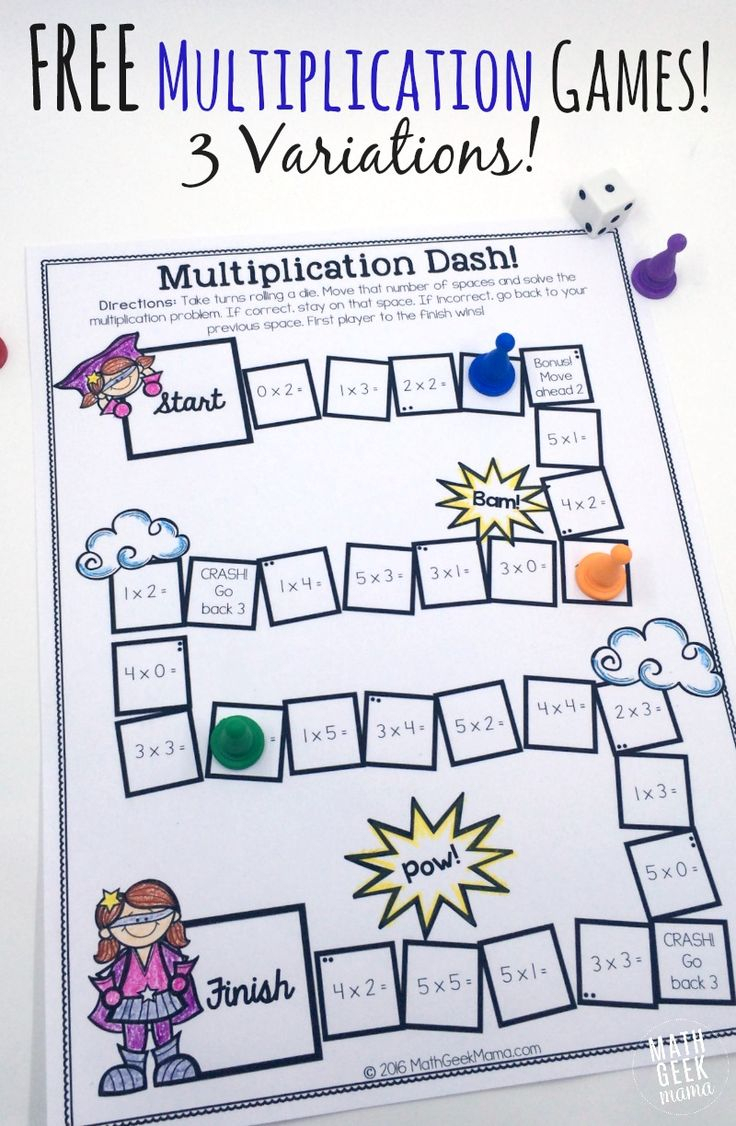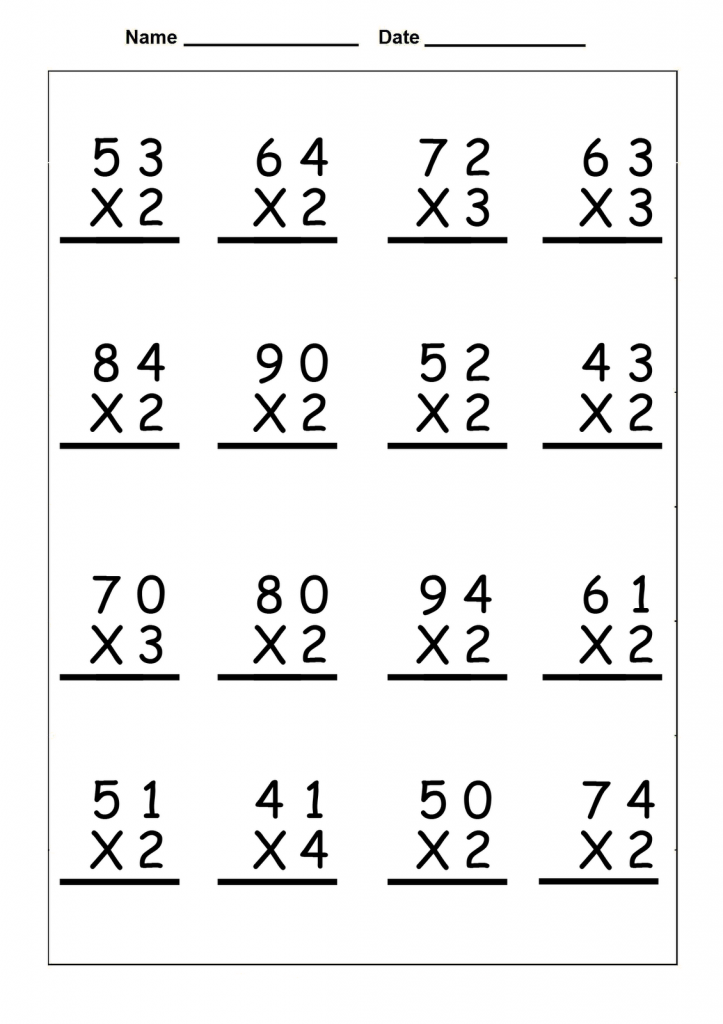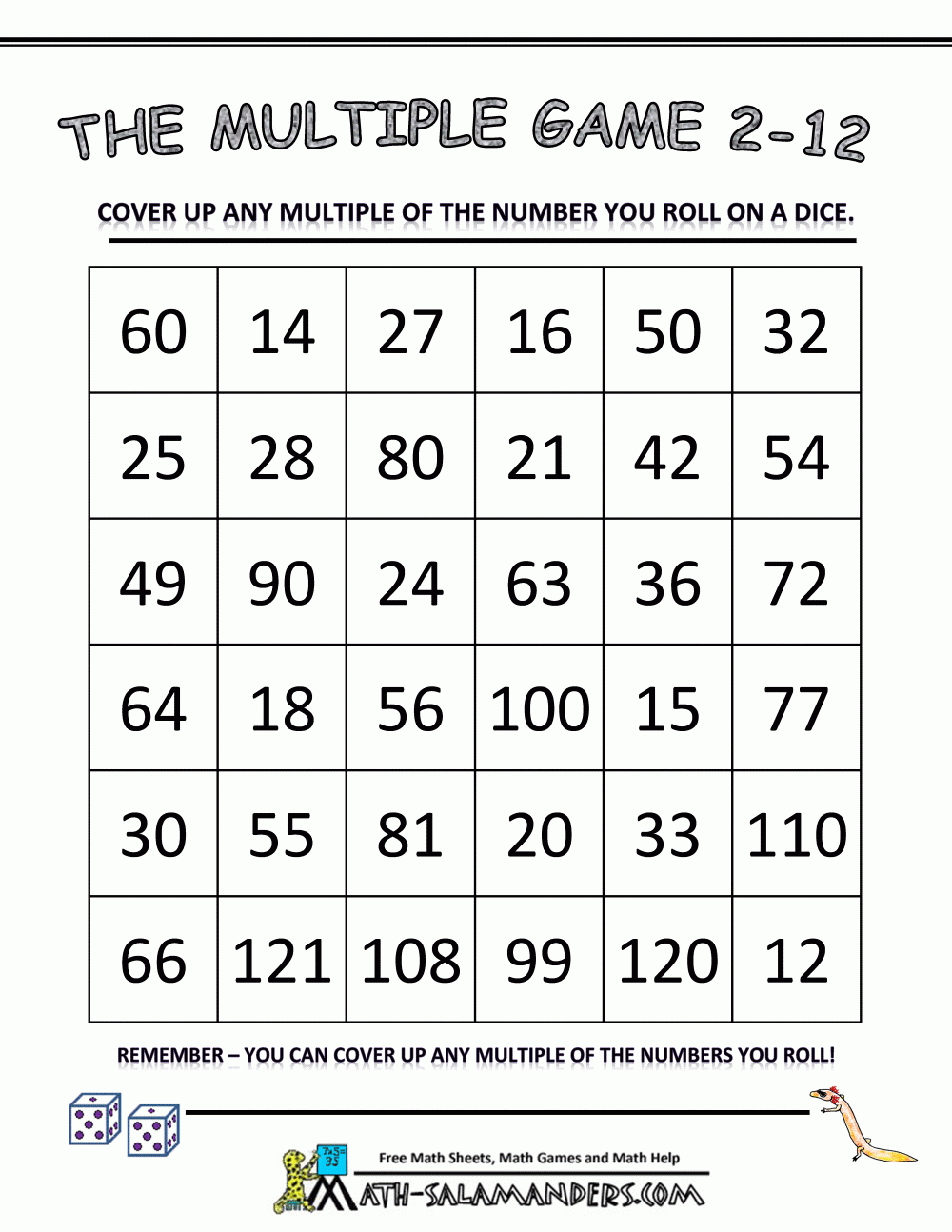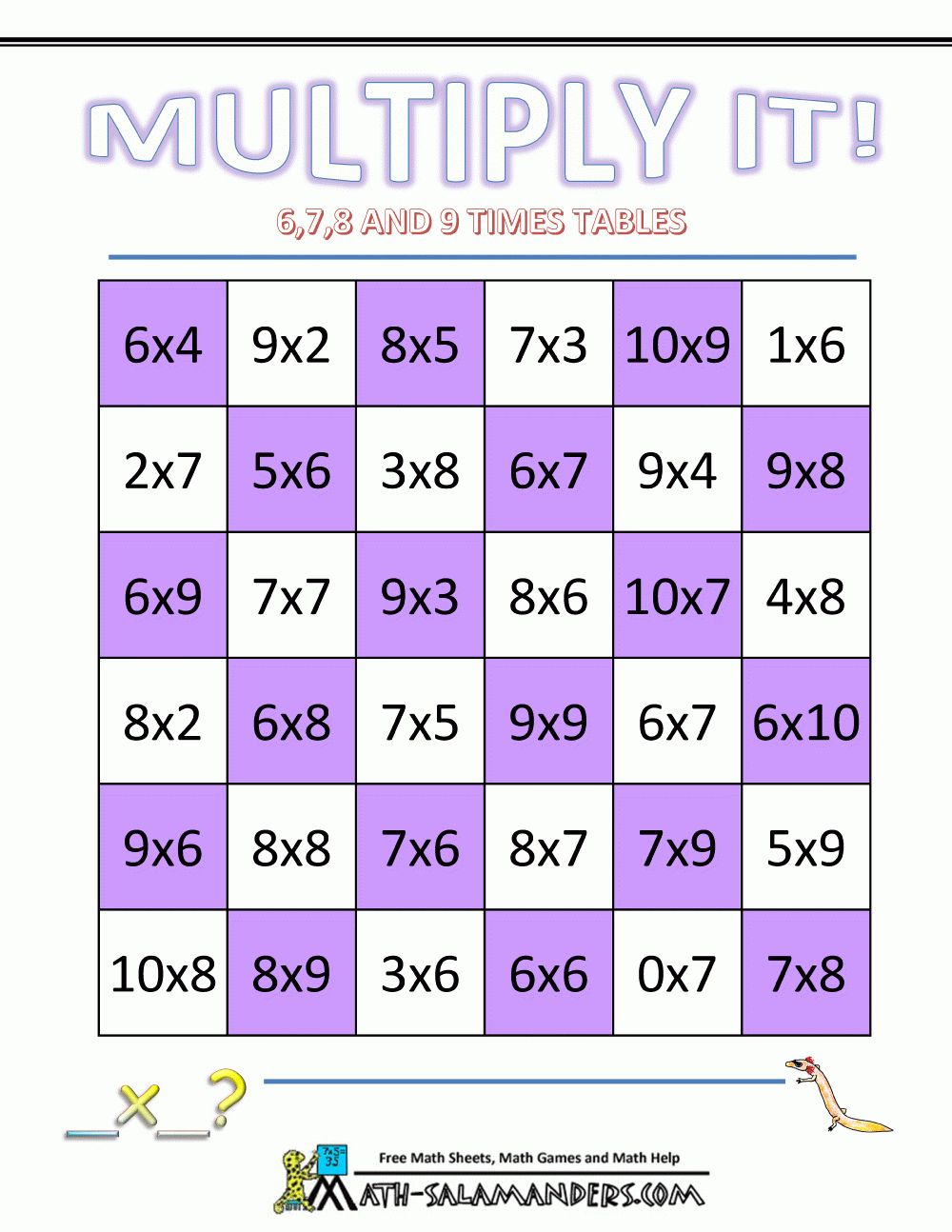
Write the answer to question on the final card on the first card, so cards form a continuous loop. Continue until you have around 20-25 cards.

On another piece of card, write the answer as well as the next multiplication question. On a piece of card, write a multiplication question. For every number that is a multiple of both 3 and 5, the student must say ‘Fizz Buzz!’. However, on every multiple of 3, the student must say ‘Fizz’ instead of the number and on every multiple of 5, the student must say ‘buzz’ instead of the number. Students sit in a circle and take turns to count from 1 to 50 (for example). Fizz BuzzĪ classic! Choose two times table, i.e. My students get super competitive and love to see how long they can be ‘on’ for.

However, if the seated student calls the correct answer out first, they are ‘on’ and they stand up and move to stand behind the next person’s chair for the next question and the standing student takes their seat. If the standing student calls the answer out correctly first, they then move to stand behind the next student’s chair for the next question and so on, working their way around the other students in the class. The teacher calls out a multiplication question for the student who is on and the seated student they are standing behind. They stand behind the student next to them (who remains seated in their chair). Here are four of my favorite classroom multiplication games. Any way that you can find to reinforce multiplication facts in a fun way is ideal for helping your students learn their times tables.

In the table below, you can see the next 10 multiples of 13, up to 20.Classroom multiplication games are a great way to reinforce times table facts. The last digit of these multiples always repeat, which means that students can remember these digits to help them with the 13 times table. 13 doesn’t have any rules that make the multiplication table of 13 easy to memorize, but there is a pattern for every ten multiples of three: 13, 26, 39, 52, 65, 78, 91, 104, 117, 130. To obtain the multiples of 13, add natural numbers to the ten's digit of the multiples of 3.

To memorize the 13 times table, first, we need to memorize the 3 times table.


 0 kommentar(er)
0 kommentar(er)
